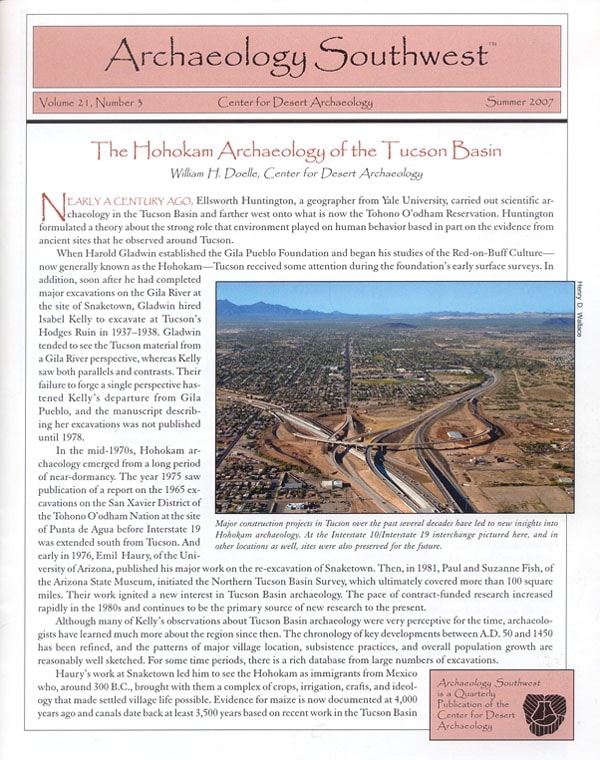
In 1952 Haury began investigating an arroyo where a rancher, Edward F. The Lehner Ranch site is a mammoth kill site in the San Pedro Valley in Cochise County in southeast Arizona. The Naco site was the first Clovis mammoth kill association to be identified. In April 1952, Haury excavated the Naco Mammoth Kill Site near Naco, Arizona, finding the fossilized bones of a mammoth that had been killed by at least 8 Clovis points about 10,000 years ago. The impact of the work done by Haury and others at Vetnana cave helped in the understanding of Paleoindians in the Southwest. Ventana Cave is a rock shelter with extensive stratigraphy of which the lowest layer was attributed to the Cochise culture while upper layers were attributed to more recent inhabitants. This was Haury's first experience with Paleoindian archaeology in the Southwest.ĭuring the late 1930s and early 1940s excavations, led by Julian Hayden and Haury, were conducted in the area of Ventana Cave in Arizona. That same year Haury alongside Cummings began excavations at Whitewater Draw in southeastern Arizona where they excavated a mammoth skeleton which was above a deposit of artifacts from the Cochise culture. In 1926 Pleistocene megafauna hunting in the Southwest was proven by the discoveries at Folsom, New Mexico. He conducted several excavations at Paleoindian sites and subsequently wrote several papers on the subject. One of Haury's passions that lasted throughout his career was the presence of Paleoindians in the Southwest. His dissertation dealt with the excavations by Frank Hamilton Cushing at Los Muertos, a Hohokam site in Arizona. Some of the excavations he conducted included the Tusayan Ruins, Canyon Creek Ruin, Mogollon, and Harris Village, and arguably his most famous research at Snaketown.īetween his extensive work with Gila Pueblo, Haury also managed to earn his PhD from Harvard. The 1930s was a time of plenty for Haury and when some of his most famous research was conducted. With the assistance and support from Gladwin, Haury was able to conduct large amounts of field research and publish reports. Thus, it helped Haury in eventually defining the Mogollon culture. It was through this extensive research that Haury became part of the group that was to define the Hohokam culture.

During his time with Gila he was able to expand his work throughout Arizona and New Mexico.

In 1930 Haury became the assistant director at Gila Pueblo. In 1928 the New York stockbroker turned archaeologist Harold Gladwin along with Winifred McCurdy started the Gila Pueblo Archaeological Foundation. It was through connections made through Cummings that Haury was in attendance at the first Pecos Conference in 1927. It was at this time that he became one of Cummings' (who was at the time the acting university president) most important assistants. Douglass, and Harold Gladwin where their major work occurred at Cuicuilco right outside of Mexico City.

That year he was apprenticed to Byron Cummings, A.E. One of the first field experiences came in 1925. In 1934 Haury earned his PhD from Harvard University. It was during the 1928–29 school year that he earned his first teaching position. When they were both six, Emil Haury met his future first wife, Hulda Penner, when she and her family visited Newton from a nearby Mennonite community.Īfter graduating high school in 1923, Emil then attended the University of Arizona where he earned his bachelor's degree in 1927 and his M.A. Gustav was a professor at Bethel College a Mennonite college in Newton. 7.2 Mogollon Village and Harris VillageĮmil was the youngest of four children born to Professor Gustav A.


 0 kommentar(er)
0 kommentar(er)
